 As a vital part of a successful job search, the importance of a resume that is simple, clear and easy to understand should not be underestimated. Often, employers get to read your resume before they meet you, and if it doesn’t catch their attention, that might be the end of your chances to land that job.
As a vital part of a successful job search, the importance of a resume that is simple, clear and easy to understand should not be underestimated. Often, employers get to read your resume before they meet you, and if it doesn’t catch their attention, that might be the end of your chances to land that job.
Information to be included in a resume
Resumes typically include four main sections:
1. Identifying Information, including your name, address, email, cell/home phone, email address and your LinkedIn URL.
2. Profile or Summary of Qualifications, summarizing your background and listing the best of your assets and achievements.
3. Work History, listing and describing your work history, including job titles, companies, locations and dates, as well as a description of your activities and accomplishments in each job.
4. Education and Training, listing your relevant education, as well as recent skills upgrading.
By way of ending off a resume, candidates often mention that their “References are Available Upon Request“. It is generally recommended that candidates do not include their references in the resume. They will be provided at the interview.
Resume format
Resumes should, typically:
- Be 1-2 pages long
- Be well spaced and easy to read
- Be written in a font that is easy to read on a screen and on paper (preferably not in the standard, uninteresting Times New Roman or Arial fonts), size 10-12, depending on the font type
- Have short simple economical sentences (without articles such as “a/an” or “the”)
- Use third person formal language, leaving out pronouns such as “she”, “he” or “they”)
- Use bullets to list information
- Not include a photo
- In Microsoft Word (not PDF, unless specifically specified by an employer)
- Have 1″ margins all around
- Be single spaced
- Be named with the name of the candidate and the word “resume” — e.g. LisaSmithRESUME
Watch this space for the next instalment in the series.


Leave a Reply